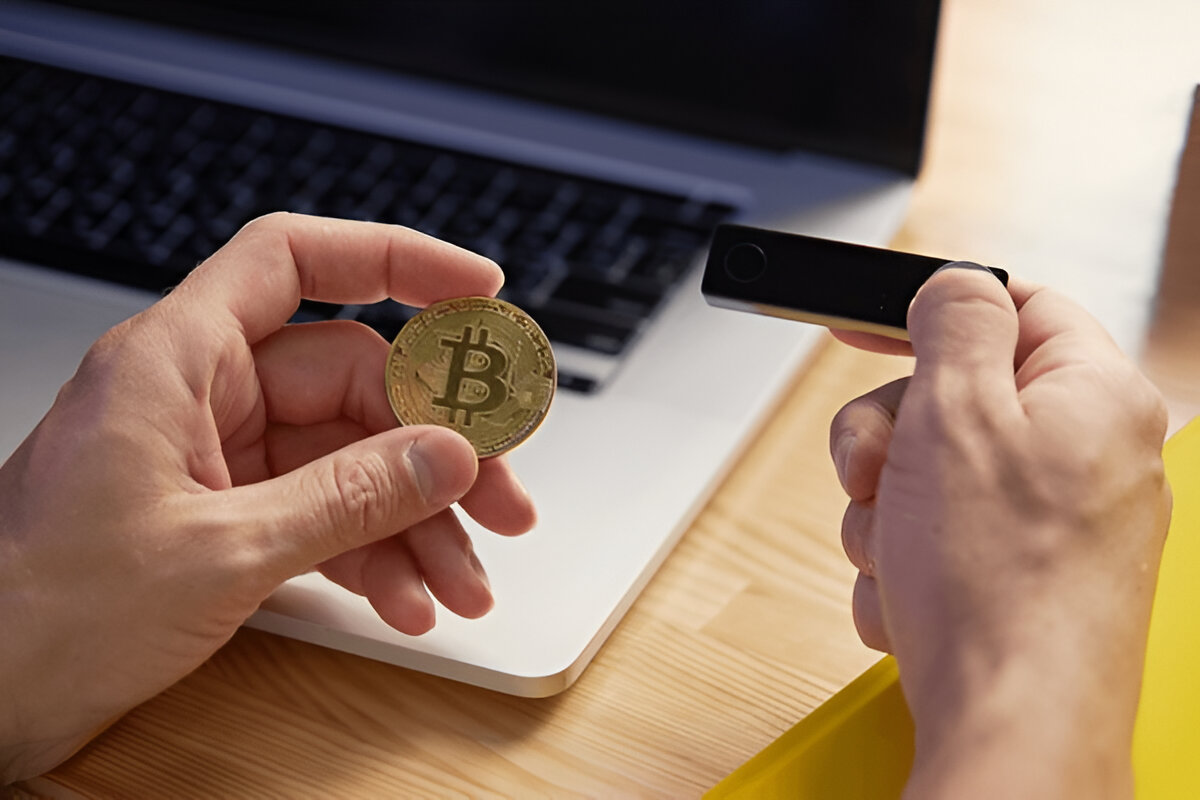As you step into the world of crypto, one of the first decisions you’ll make is how to store your digital assets. The terms “cold wallet” and “hot wallet” often come up—but what do they actually mean, and which one should you choose?
This guide will break it down in simple terms, compare the pros and cons, and help you decide which wallet type best fits your needs.
Hot Wallet
A hot wallet is any cryptocurrency wallet connected to the internet. These are commonly used for quick access, trading, and daily use. Examples – Mobile apps (e.g., Trust Wallet, MetaMask), Browser extensions, Web wallets on exchanges (e.g., Binance, Coinbase).
- Easy to access
- They are:
- Best for: Daily transactions (<$500)
- Security: 5/10 (constant hack risk)
- Drawback: Never truly “safe”
- Ease of Use: Great for frequent trading or spending
Engaging Introductions: Capturing Your Audience’s Interest
Cold Wallet
As you step into the world of crypto, one of the first decisions you’ll make is how to store your digital assets. The terms “cold wallet” and “hot wallet” often come up—but what do they actually mean, and which one should you choose?
- Not dependent on third-party platforms
- They are:
- Best for: Long-term storage (>$1,000)
- Security: 9.8/10 (if seed phrase is safe)
- Drawback: Less convenient for trading
- Ease of Use: Less convenient for quick access
Key Differences
| Feature | Cold Wallets | Hot Wallets |
|---|---|---|
| Internet | Offline | Always online |
| Recovery | Seed phrase | Password/2FA |
| Speed | Slow (manual confirm) | Instant |
| Cost | 50−250 | Free |
| Hack Risk | Near-zero | High (see 2024 stats) |
When to Use a Hot Wallet
Use a hot wallet if you:
- Trade frequently or trading memecoins daily
- Need quick access to your crypto
- Interacting with dApps
- Use DeFi platforms or Web3 apps regularly
Just make sure to:
- Use strong passwords
- Enable 2FA
- Avoid keeping large amounts
When to Use a Cold Wallet
Use a cold wallet if you:
- Hold large amounts of crypto
- Want long-term, secure storage
- You own NFTs >1 ETH value
- Rarely need to access your assets
Pro tip: Use both! Many investors keep a small amount in a hot wallet for trading, and the rest in a cold wallet for safety.
Real-World Tests
A. Security Test:
- Method: Left $100 in MetaMask vs. Ledger for 30 days.
- Result:
- MetaMask: 1 phishing attempt (fake NFT site)
- Ledger: Zero breaches
B. Convenience Test:
- Task: Swap ETH for UNI on Uniswap.
- Time:
- Hot wallet: 22 seconds
- Cold wallet: 4 minutes (Bluetooth delays)
Common Mistakes
⚠️ Mistake #1: Using a hot wallet as a bank.
✅ Fix: Keep only 5-10% of crypto in hot wallets.
⚠️ Mistake #2: Storing seed phrases digitally.
✅ Fix: Use steel plates ($19 on Amazon).
⚠️ Mistake #3: Buying used cold wallets.
✅ Fix: Always buy direct from manufacturer.
Extra Security Tips
- Always back up your wallet recovery phrase
- Never share your private keys
- Buy hardware wallets only from official sources (to avoid tampering)
Our Top 2025 Picks
💨 Best Hot Wallet: Rabby Wallet (MetaMask alternative)
🏆 Best Cold Wallet: Ledger Nano X+ (New 2025 model)
FAQ
Q: Can hot wallets ever be as safe as cold wallets?
A: No—being online creates attack vectors. Even the best hot wallets (like Rabby) had 3 critical CVEs in 2024.
Q: What if I lose my cold wallet?
A: Your crypto lives on-chain. Buy a new wallet, enter your seed phrase, and funds reappear.
Conclusion
Choosing between hot and cold wallets isn’t about which one is “better”—it’s about how you use your crypto. For maximum safety, a hybrid approach is ideal: keep what you trade in a hot wallet, and what you save in a cold wallet.
Cold wallets are vaults, hot wallets are pockets. Use both—but never confuse them.
Hot for speed, cold for safety.



